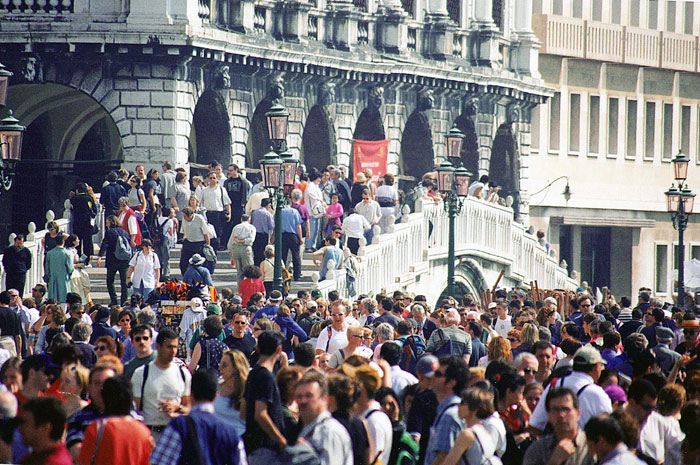By Anne Leader
A new HVAC system is scheduled to go online at the Sistine Chapel in October 2014. While the arrival of a more energy-efficient system to heat, ventilate, and cool the chapel is welcome, the Vatican Museums administration’s plans to allow even more visitors to the chapel is troubling. In June, Vatican radio reported that the new system will enable an increase of 1,300 visitors at a time (from 700 to 2,000). For anyone who has been to the chapel in high tourist season, it seems impossible to imagine that another person, let alone more than one thousand tourists, could fit into the chapel space. Originally built in the late 15th century as the chapel of the papal residence, the structure was meant to hold the college of cardinals, a body that typically had membership in the 100s, not the 1000s. While access to the world’s artistic treasures should be open, mass tourism raises serious concerns about the preservation of our shared cultural patrimony. Similar tensions have arisen as crowds grow ever larger at popular sites like the Louvre and Venice.
Crowds in the Sistine Chapel, Rome. Two Vatican employees told the Spanish newspaper El Pais: “This is not MoMA in New York, but a palace that was not built to be a museum.”
The Sistine Chapel as it appeared in the late fifteenth century.
Crowds viewing the “Mona Lisa” at the Louvre in Paris, the busiest art museum in the world. Photo credit: Guia Besana for The New York Times




